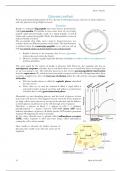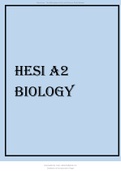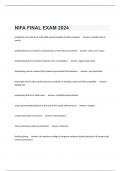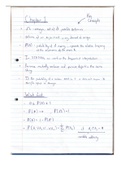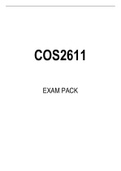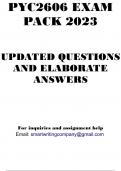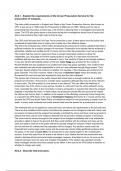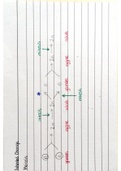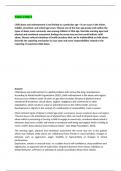Summary
Summary Glucose control
- Course
- Institution
Unlock the secrets of glucose control and metabolic regulation with our comprehensive online guide! Delve into the intricate mechanisms behind insulin, glucagon, cortisol, growth hormone (GH), and other key hormones that govern blood sugar levels and energy metabolism in the human body. From the...
[Show more]
